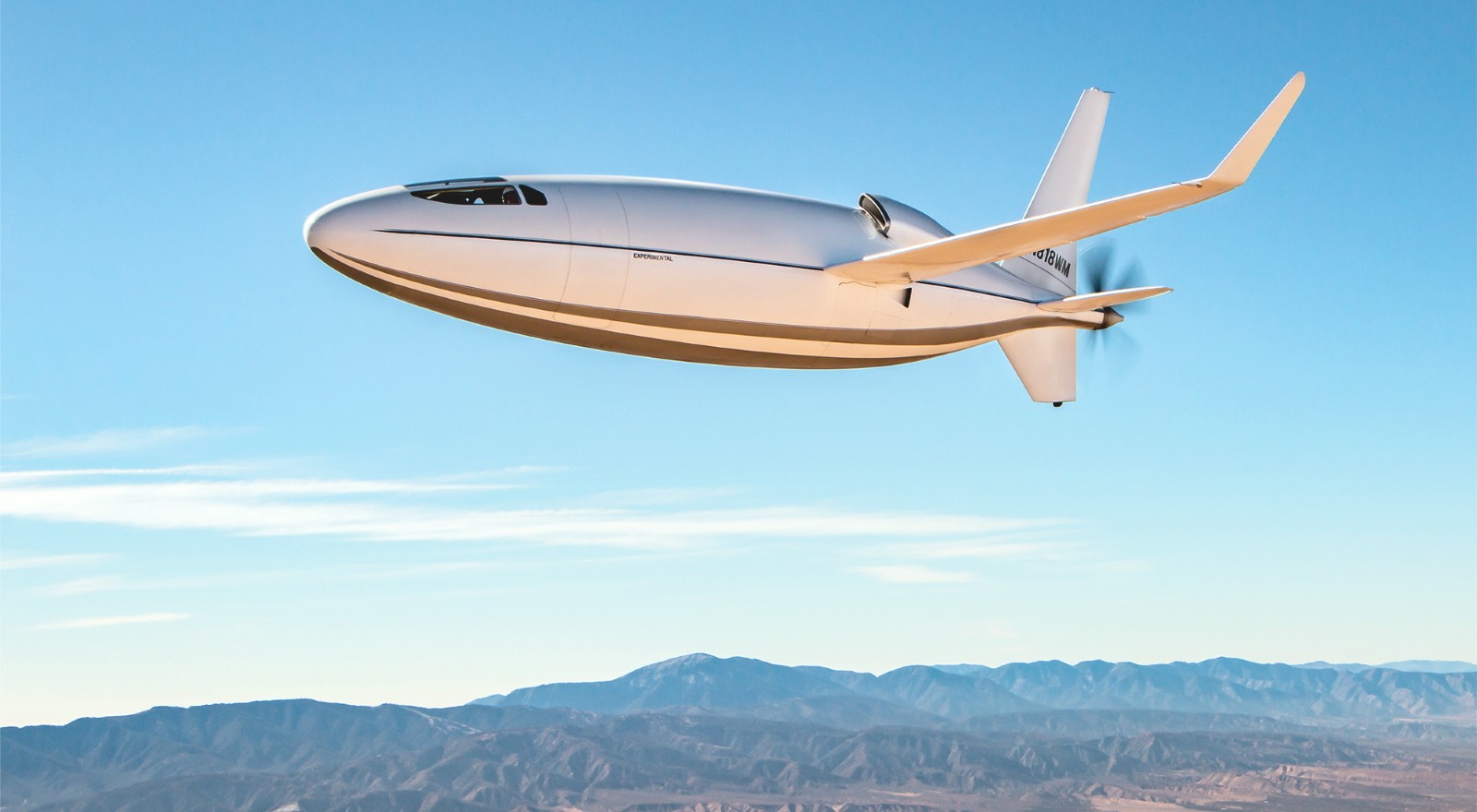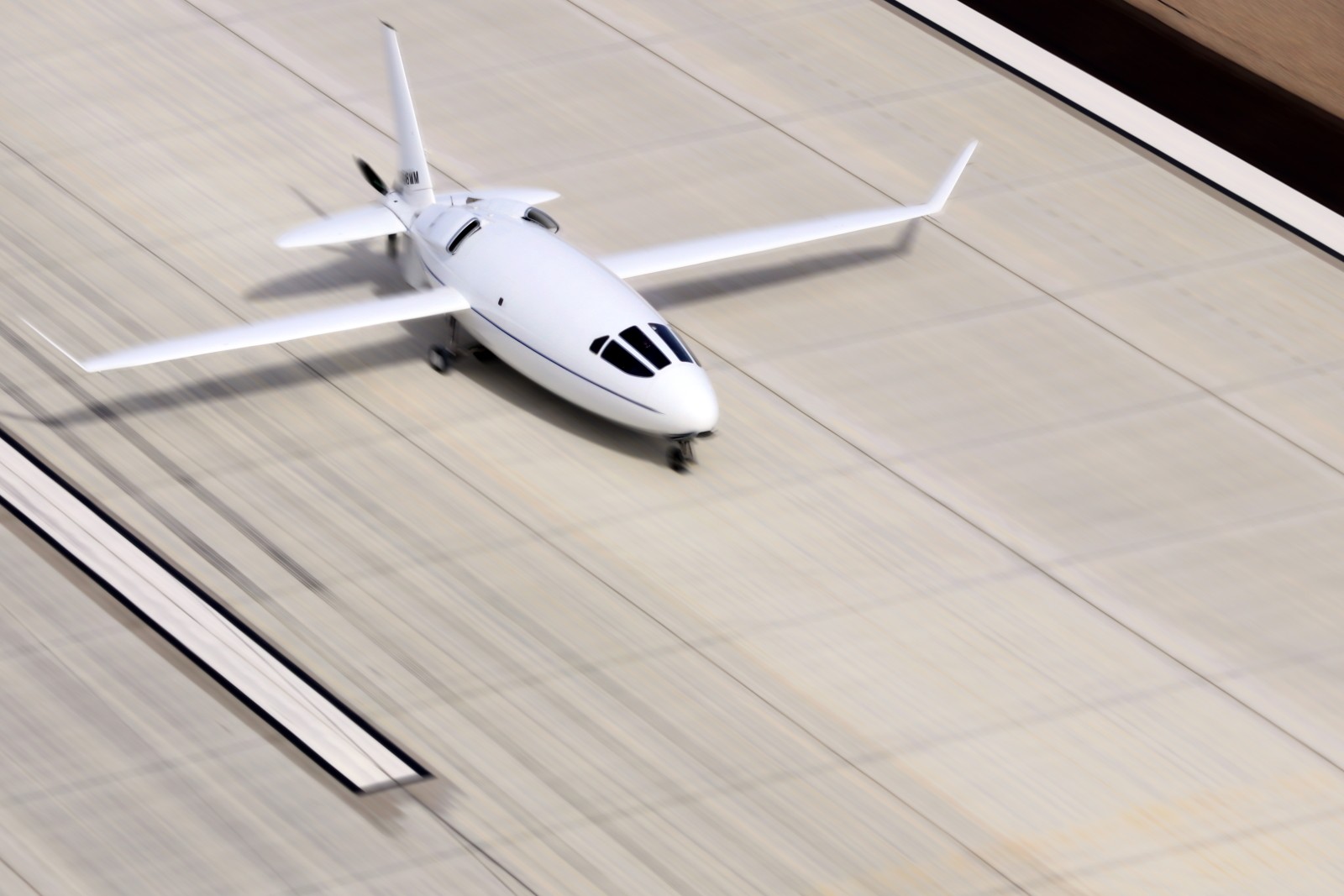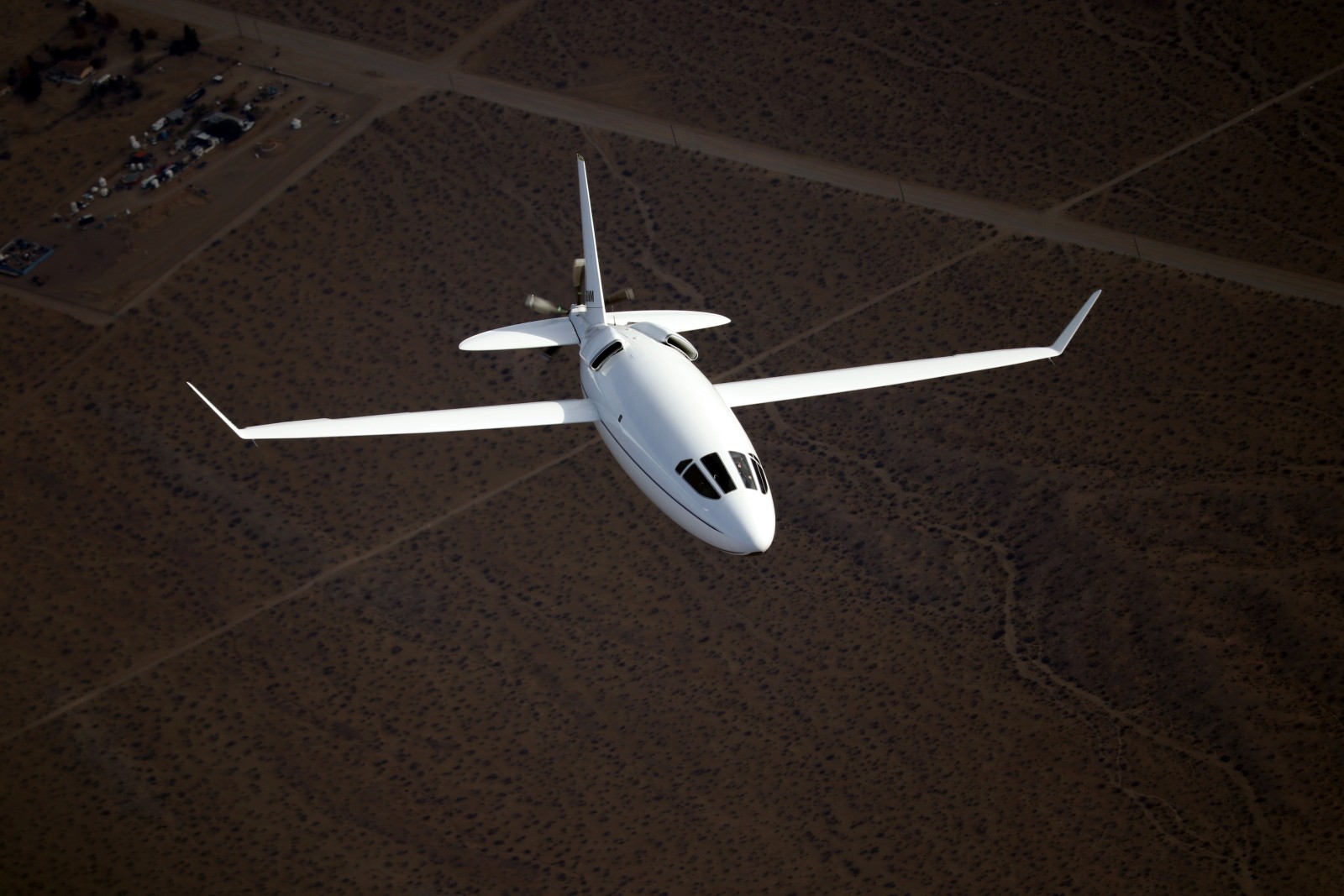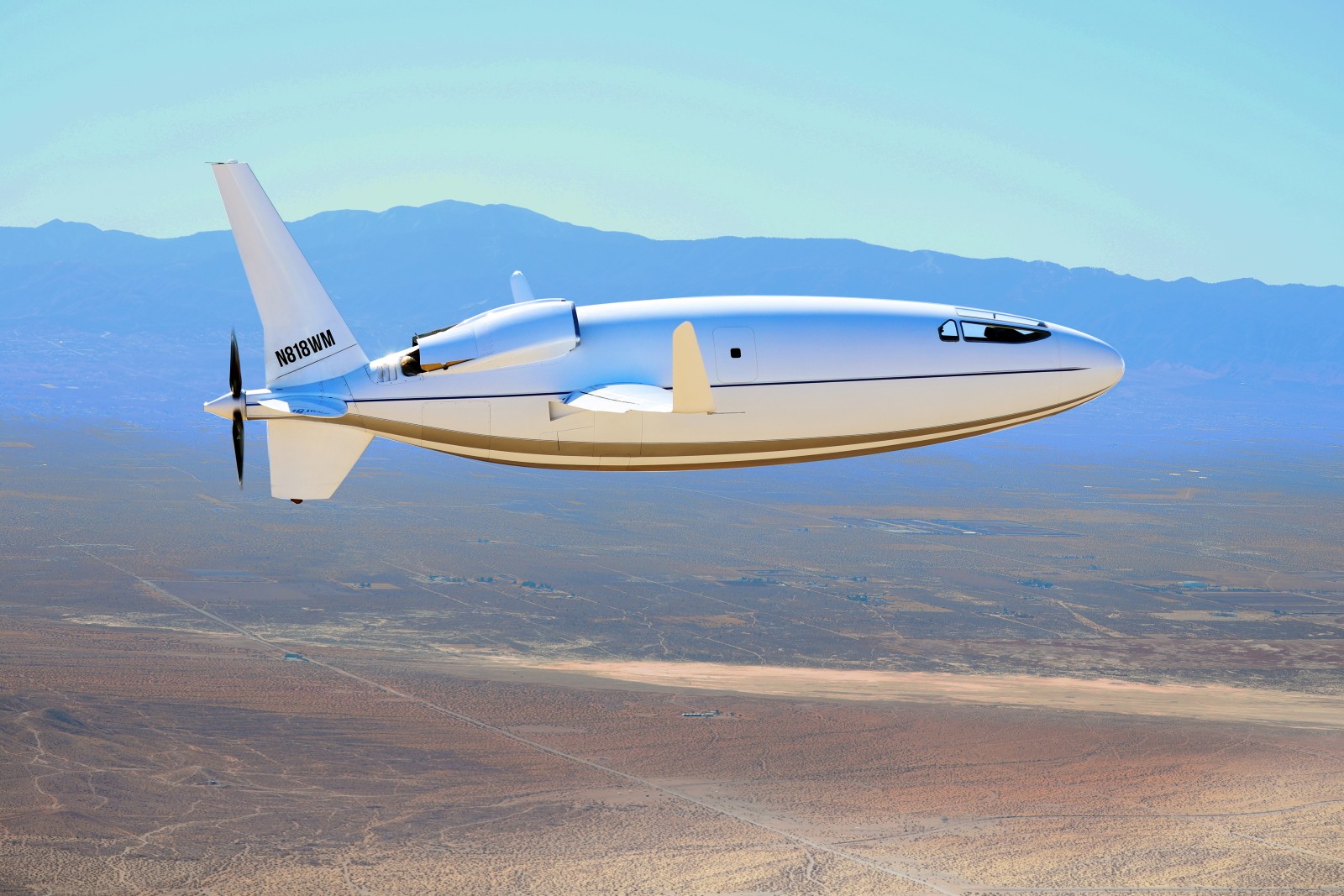Otto Aviation’s “Bullet” Plane Celera 500L Is Here to Change Everything
 These are strange, unprecedented times we’re living in and, while many businesses have had to adapt to face the challenges of the current health crisis, the aviation industry has little means of doing that. In this contect, launching a new airplane model is a most unexpected move.
These are strange, unprecedented times we’re living in and, while many businesses have had to adapt to face the challenges of the current health crisis, the aviation industry has little means of doing that. In this contect, launching a new airplane model is a most unexpected move.6 photos
It’s one that California-based Otto Aviation is making with aplomb. Meet the Celera 500L, the new airplane that promises to “change everything” by offering the private jet experience at comparable commercial flight prices. Celera 500L is a bullet-shaped plane that was first spotted testing three years ago, and which will hopefully start commercial deliveries by 2025.
Its official unveil comes with some very bold claims. This private airplane can travel at speeds of up to 460 mph (740 kph) and comes with incredible fuel economy (18 to 25 mpg / 7.6-10.6 kml), which means it’s able to travel the distance between any two U.S. cities without needing to stop to refuel. Operating costs are also surprisingly low, at $328 an hour, and the estimated range is of 4,500 nautical miles.
Powered by a liquid-cooled V12 twin six-cylinder RED A03 engine, this aircraft would use Jet A1 and biodiesel to get around. So not only will it be very efficient, but also green.
In short, the Celera 500L promises to be better than any other commercial aircraft on the market right now, while offering the experience of private jet travel. The spacious, luxurious cabin can seat up to six passengers in a customizable layout. Otto Aviation says that this small number of passengers makes the Celera 500L ideal for the current international context, when no one wants to risk their health (and, quite possibly, their life) by flying coach and rubbing shoulders with hundreds of strangers.
The Celera 500L, says the newly-launched official website, is “the most fuel-efficient, commercially viable aircraft in existence,” thanks to maximized laminar flow. Aerodynamic efficiency of the aircraft was proven in 2019.
Celera 500L is just the first of many, Otto Aviation further says. They’re also planning on making a freight aircraft (Celera XL) and a larger commercial jet with double the passenger capacity (Celera 1000L).
As of the time of press, Otto Aviation has a (windowless) prototype completed and funding secured. FAA certification is next, together with scouting for a location for a manufacturing facility.

Its official unveil comes with some very bold claims. This private airplane can travel at speeds of up to 460 mph (740 kph) and comes with incredible fuel economy (18 to 25 mpg / 7.6-10.6 kml), which means it’s able to travel the distance between any two U.S. cities without needing to stop to refuel. Operating costs are also surprisingly low, at $328 an hour, and the estimated range is of 4,500 nautical miles.
Powered by a liquid-cooled V12 twin six-cylinder RED A03 engine, this aircraft would use Jet A1 and biodiesel to get around. So not only will it be very efficient, but also green.

In short, the Celera 500L promises to be better than any other commercial aircraft on the market right now, while offering the experience of private jet travel. The spacious, luxurious cabin can seat up to six passengers in a customizable layout. Otto Aviation says that this small number of passengers makes the Celera 500L ideal for the current international context, when no one wants to risk their health (and, quite possibly, their life) by flying coach and rubbing shoulders with hundreds of strangers.

The Celera 500L, says the newly-launched official website, is “the most fuel-efficient, commercially viable aircraft in existence,” thanks to maximized laminar flow. Aerodynamic efficiency of the aircraft was proven in 2019.
Celera 500L is just the first of many, Otto Aviation further says. They’re also planning on making a freight aircraft (Celera XL) and a larger commercial jet with double the passenger capacity (Celera 1000L).

As of the time of press, Otto Aviation has a (windowless) prototype completed and funding secured. FAA certification is next, together with scouting for a location for a manufacturing facility.


No comments:
Post a Comment